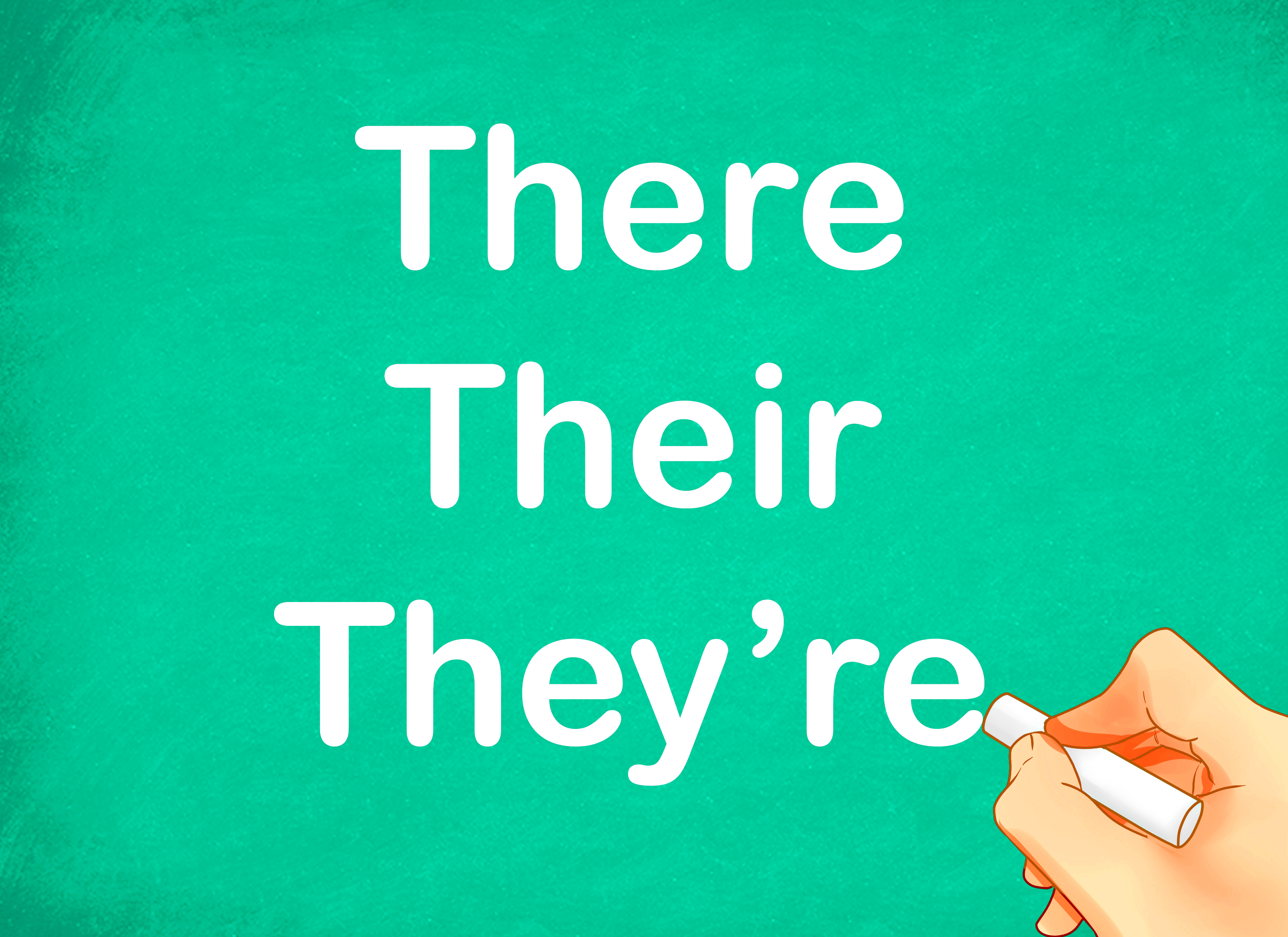The word "Imagen" might seem straightforward, but it's not uncommon for people to question its spelling, especially if they're unfamiliar with its origin or use. "Imagen" is the Spanish word for "image" and is widely used in contexts related to visuals, graphics, or artistic representations. Its accurate spelling is essential for clear communication, particularly in creative and digital fields.
In today's globalized world, where languages intersect frequently, ensuring that you spell "Imagen" correctly not only prevents misunderstandings but also demonstrates cultural awareness. Let's explore the common challenges and how to avoid them.
Common Mistakes People Make While Spelling "Imagen"

Despite being a simple word, "Imagen" often falls victim to spelling mistakes. These errors can stem from unfamiliarity with the word or confusion caused by its similarity to other terms. Here are some frequent mistakes:
- Adding an extra "e": Writing "Imagine" instead of "Imagen," confusing it with the English word.
- Using an incorrect vowel: Spelling it as "Imagin" due to its phonetic similarity to the English word "imagine."
- Misspelling as "Image": Directly substituting it with the English equivalent.
To avoid these errors, it’s helpful to remember that "Imagen" is unique to Spanish and always ends with "en." Focusing on its linguistic context can make a big difference.
Also Read This: Accessing YouTube TV on Amazon Fire TV Stick Guide
Why People Confuse "Imagen" with Other Words

The confusion around "Imagen" often arises because it closely resembles other words in English and Spanish. Let’s break this down:
- Similarity to "Imagine": Many assume "Imagen" is a typo of "Imagine," especially in creative contexts.
- Overlap with "Image": Since "Imagen" translates to "image," people tend to mix the two.
- Phonetic resemblance: Words like "imagine" and "imagen" sound alike, which adds to the confusion.
These misunderstandings highlight the importance of context. By understanding the word's usage and origin, you can avoid mixing it up with others and ensure accurate communication.
Also Read This: Streaming the Chiefs Game on YouTube
Practical Tips to Avoid Spelling Errors
Spelling errors can happen to anyone, but with a few practical strategies, you can minimize mistakes and ensure your writing is accurate. When it comes to words like "Imagen," staying attentive and applying these tips can make all the difference.
Here are some actionable suggestions:
- Learn the origin: Knowing that "Imagen" is a Spanish word for "image" helps reinforce its correct spelling in your mind.
- Use spell-check tools: Modern writing tools like Grammarly or Google Docs can catch errors and suggest corrections instantly.
- Practice frequently: Write sentences using "Imagen" to build familiarity. For example, "Esta imagen es hermosa" translates to "This image is beautiful."
- Compare with similar words: Create a mental distinction between "Imagen," "Imagine," and "Image" by focusing on their context and meaning.
- Keep a reference handy: Bookmark reliable dictionaries or language resources to double-check your spelling when in doubt.
Consistency is key. The more you expose yourself to the correct usage of "Imagen," the easier it will be to remember its spelling.
Also Read This: Business Check: How Is Flipkart Doing in Today’s Market?
How Using the Correct Spelling Can Make a Difference
Using the correct spelling of words like "Imagen" might seem like a small detail, but it can have a significant impact. Accuracy in spelling reflects professionalism, cultural understanding, and attention to detail, which are highly valued traits in any setting.
Here are some ways the correct spelling can make a difference:
- Professional communication: Whether you're working on a design project or writing for a global audience, spelling "Imagen" correctly shows credibility.
- Search engine optimization (SEO): For content creators, using the right spelling ensures your work appears in relevant search results, improving visibility.
- Cultural sensitivity: Recognizing and respecting the linguistic origins of words builds trust and connection with diverse audiences.
Ultimately, the correct spelling strengthens your message and prevents misinterpretations, which is essential for clear and impactful communication.
Also Read This: How to Train Your Dragon: Iconic Images from the Movie
Examples of "Imagen" in Proper Context
Understanding how "Imagen" is used in real-world situations can help you master its correct spelling and application. Here are some examples of its use in various contexts:
| Context | Example Sentence |
|---|---|
| Everyday usage | "La imagen en la pared es impresionante." (The image on the wall is stunning.) |
| Creative fields | "El fotógrafo capturó una imagen perfecta del atardecer." (The photographer captured a perfect image of the sunset.) |
| Digital content | "Haz clic en la imagen para ampliar." (Click on the image to enlarge.) |
By seeing "Imagen" in action, you’ll become more confident in spelling and using it correctly. Practice incorporating it into your writing and speech for added familiarity.
Also Read This: Comprehensive Tips for Training Parrots to Talk with Video Tutorials
FAQ About Spelling and Usage of "Imagen"
Here are some frequently asked questions about the spelling and proper use of "Imagen" to help clarify any doubts:
- Is "Imagen" the same as "Image"?
- Why do people confuse "Imagen" with "Imagine"?
- Where is "Imagen" commonly used?
- How can I ensure I spell "Imagen" correctly?
- Is "Imagen" ever pluralized?
No, "Imagen" is the Spanish equivalent of the English word "image." While they share the same meaning, their spelling reflects their respective languages.
People often confuse "Imagen" with "Imagine" because of their similar spelling and pronunciation. However, "Imagen" refers to a visual representation, while "Imagine" is a verb related to imagination.
"Imagen" is widely used in Spanish-speaking countries and contexts involving photography, design, and digital media.
Pay attention to its linguistic context and practice using it in sentences. Tools like spell-checkers can also help catch mistakes.
Yes, the plural form of "Imagen" in Spanish is "Imágenes," which refers to multiple images or pictures.
If you still have questions about "Imagen," don’t hesitate to consult reliable language resources or dictionaries for clarity.
Conclusion
Getting the spelling of "Imagen" right is crucial for clear communication, especially in multilingual contexts. By understanding its meaning, practicing its use, and being mindful of common mistakes, you can confidently incorporate it into your writing. Correct spelling not only enhances your professionalism but also fosters better connections with diverse audiences.











